When it comes to spaceflight, rocket companies usually go above and beyond to document every aspect of their launches. Back in the Apollo days, TV stations covered the entire length of the Apollo 11 mission in great detail, reaching a viewership of 600 million people around the world when Neil Armstrong walked on the moon.
Fast forward to the recent Falcon Heavy launch, and we witnessed the power of modern technology as over 1 million people tuned in to watch the spectacle unfold live on YouTube alone. The dedicated broadcast teams play a pivotal role in enabling us to be part of these mesmerizing journeys as rockets soar into the vast expanse of space.
The Falcon 9 journey
However, while we have the privilege of witnessing the liftoffs and landings of rockets, there is another aspect of their journey that often goes unseen—the transport phase. SpaceX, a renowned leader in the aerospace industry, manufactures its Falcon 9 rockets at its cutting-edge facility in Hawthorne, California. Interestingly, the majority of these rockets embark on their epic journeys from Cape Canaveral, Florida, necessitating an arduous two and a half thousand mile trip.
To facilitate this intricate process, the Falcon 9 is carefully transported in different sections, strategically loaded onto the back of an enormous semi-truck. This meticulous procedure ensures the safe and efficient delivery of the rocket components to their final destination at Cape Canaveral, where they will eventually undergo the awe-inspiring launch that captures our imaginations.

The logistical intricacies of transporting a Falcon 9 rocket highlight the level of precision and planning involved in space transport operations. These journeys behind the scenes underscore the remarkable efforts and expertise required to prepare rockets for their groundbreaking missions. While the public may not witness these transportation endeavors firsthand, they are an integral part of the larger narrative of space exploration.
It is through the collective dedication and teamwork of countless individuals at SpaceX and other rocket companies that these marvels of engineering embark on their transformative voyages, propelling us further into the realms of scientific discovery and technological advancement.
Transporting the Merlin engines
Before a Falcon 9 rocket takes flight, SpaceX ensures that every component undergoes meticulous testing and careful transportation to ensure optimal performance and safety. A critical part of this process involves the journey of each new Merlin engine to the testing facility located in McGregor, Texas. These powerful engines, the heart of the Falcon 9, are subjected to comprehensive static fire tests to evaluate their performance and functionality. Once these tests are successfully completed, the engines are transported back to SpaceX’s headquarters in Hawthorne, California, where they await integration with the Falcon 9’s first stage.
The next leg of the journey begins with the colossal first stage of the Falcon 9. This behemoth embarks on a remarkable road trip from Hawthorne to Cape Canaveral, covering substantial distances. It is not uncommon for the first stage to make a stopover at the McGregor testing facility, where additional static fire tests are conducted to ensure its readiness as a whole unit. These meticulous evaluations and test firings serve as essential measures to guarantee the reliability and performance of the Falcon 9’s first stage, underscoring SpaceX’s commitment to stringent quality control.

While the first stage undertakes its momentous journey, other components of the Falcon 9, such as the second stage, fairings, and landing legs, follow separate paths to reach Cape Canaveral. These components are carefully transported by trucks, often contracted through private hauling companies like EZE Trucking and Beyel Brothers. The intricate process involves the use of custom-built cradles that securely hold the Falcon 9’s components, ensuring their safe arrival at the launch site. The use of specialized 44-wheeled trailers adds an extra layer of stability and security, safeguarding these vital elements throughout their transportation.

Ensuring the safe transport and handling of Falcon 9 rockets is a meticulous process that involves protective measures, strategic maneuvers, and a fleet of specialized vehicles. To safeguard the delicate components during their extensive journey, the Falcon 9 parts are meticulously wrapped in a durable black fabric. This protective wrapping acts as a shield, shielding the rocket from potential damage that may occur during the two and a half thousand mile drive from Hawthorne, California, to Cape Canaveral, Florida.
Arriving at its destination
Upon reaching Cape Canaveral, the Falcon 9 undergoes a thorough inspection after being unwrapped, ensuring that it has endured the journey unscathed. SpaceX assumes control of the rocket at this stage, and they employ a unique vehicle, acquired from NASA, to transport the Falcon 9 to the assembly building. This vehicle, originally utilized to transport the Space Shuttle to the assembly building for booster attachment, exemplifies the legacy of space transportation that SpaceX continues to build upon.
Inside the assembly building, the Falcon 9 is meticulously assembled, bringing together its various components under the watchful eye of SpaceX’s skilled technicians. Once the assembly process is complete, a remarkable transporter-erector takes charge. This specialized vehicle moves the Falcon 9 from the hangar to the launch pad in a horizontal position, employing careful precision. When it reaches the launch pad, the transporter-erector adeptly raises the Falcon 9 into its final vertical position, ready to embark on its mission to the stars.
Unlike traditional rockets that complete their journey after deploying their payloads into orbit, the Falcon 9’s mission continues even after achieving this milestone. Emphasizing SpaceX’s commitment to rocket reusability, further transportation operations come into play. Following a successful landing on the autonomous drone ship stationed in the vast Atlantic Ocean, dedicated recovery vessels named GoQuest and GoSearcher assume their roles. Manned by diligent crews, these vessels secure the Falcon 9 to the drone ship and initiate the towing process back to the port at Cape Canaveral, ensuring a safe return.
SpaceX’s commitment to revolutionizing spaceflight extends beyond the recovery of the first stage of their rockets. While the first stage represents the largest and most expensive component of the Falcon 9, SpaceX envisions a future where rockets are fully reusable. As part of their ongoing efforts, SpaceX is now undertaking the challenging task of recovering both fairings on the Falcon 9.
To achieve this ambitious goal, SpaceX has implemented innovative techniques to control the descent of each fairing and guide them towards a specialized recovery vessel. This vessel is equipped with a large net specifically designed to catch the fairings as they descend. Once SpaceX succeeds in capturing and reusing the fairings, they will mark another significant milestone in their pursuit of complete rocket reusability.
During the design phase of the Falcon 9, SpaceX encountered a unique challenge related to transportation logistics. The rocket’s diameter was deliberately limited to 3.7 meters to ensure it could safely pass under every bridge and overpass along its journey from California to Florida. This decision raises an intriguing question: why transport rockets by road?
Transporting the Saturn V
Historically, various methods have been employed to transport large rocket parts. In the 1960s and 1970s, NASA employed a sea transport system to ferry the colossal Saturn V first stage to Florida. This intricate process involved a remarkable 10-day, 2000-mile journey from Huntsville to Mississippi on the Tennessee River. From there, the stage continued its voyage down the Mississippi River, circling the South coast of Florida before arriving at Cape Kennedy, where it was assembled and ultimately launched.
While sea transportation served as a viable solution in the past, SpaceX opted for road transport for its Falcon 9 rockets. This decision offers greater flexibility and efficiency in terms of logistics and operations. By transporting the Falcon 9 by road, SpaceX can maintain tighter control over the rocket’s movement and ensure timely delivery to the launch site. Additionally, road transport allows for more direct routes and enables SpaceX to make necessary adjustments or accommodations along the way, ensuring the safe arrival of their rockets.
In the case of the Saturn V rocket, NASA relied on cargo planes to transport the third stage and the instrument unit to Cape Kennedy. These vital components, measuring 6.5 meters in diameter, were ingeniously accommodated in cargo aircraft specifically designed to handle such substantial loads. The aircraft, aptly named “Guppy,” provided the necessary space and structural support to transport the wide and voluminous stages of the Saturn V.

While sea transport played a significant role in moving the Saturn V rocket, there were instances when road transport became necessary. However, transporting the first and second stages, with their colossal 10-meter diameter, proved to be immensely challenging. These dimensions were three times wider than those of the Falcon 9, making road transportation less feasible for such enormous components. Given its immense size, sea transit emerged as the most practical method for transporting the Saturn V rocket.
In contrast, SpaceX’s Falcon 9 rocket benefits from a more streamlined and cost-effective approach to transportation. With a diameter of 3.7 meters, the Falcon 9 parts can be easily transported on land, eliminating the complexities associated with air or sea transport. SpaceX’s decision to primarily employ land transport for their rocket components aligns with their commitment to simplicity and efficiency. Not only is land transport more practical for SpaceX, but it also proves to be a cost-effective alternative compared to air and sea methods.
By carefully evaluating the specific requirements and limitations of their rockets, SpaceX has optimized their transportation strategy, enabling seamless movement of rocket parts from manufacturing sites to launch sites. Their land-based approach ensures timely and reliable delivery while minimizing logistical challenges and associated costs. Through such innovative practices, SpaceX continues to push the boundaries of space exploration, driving progress toward more accessible and sustainable space transportation.
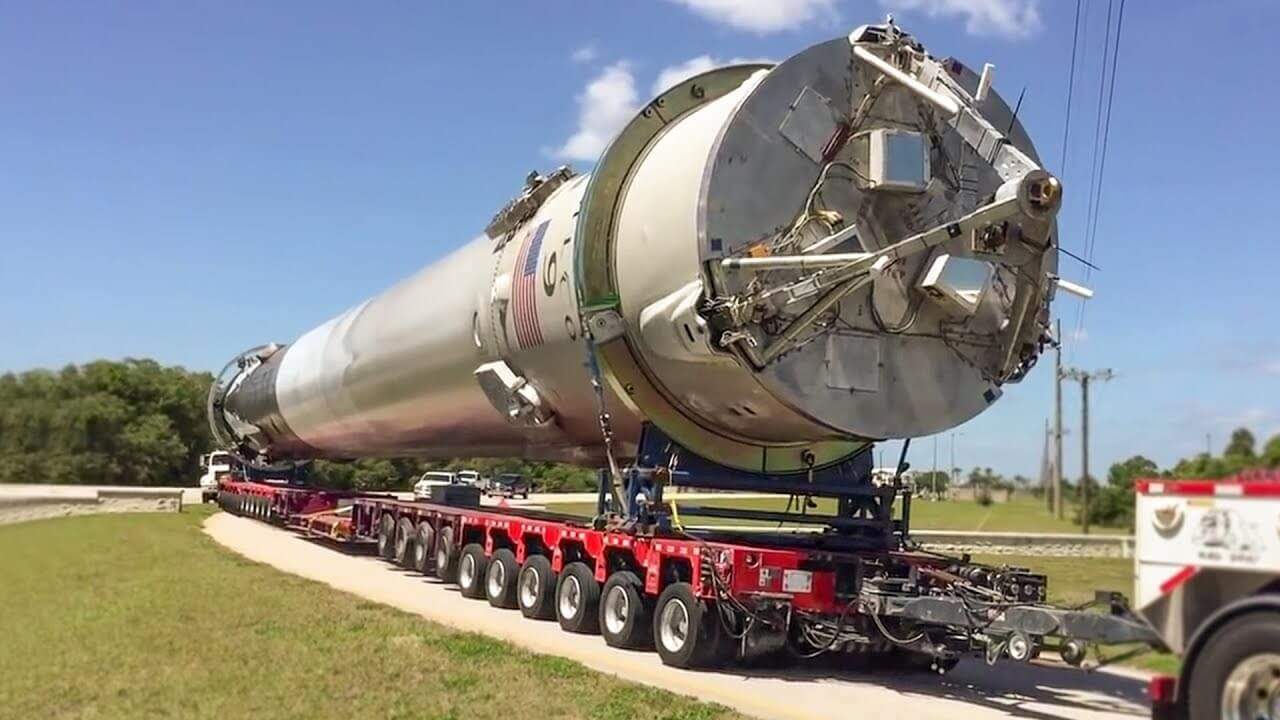

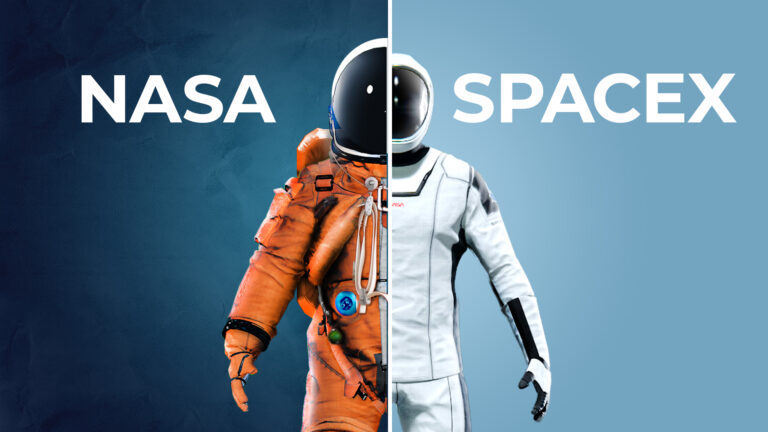
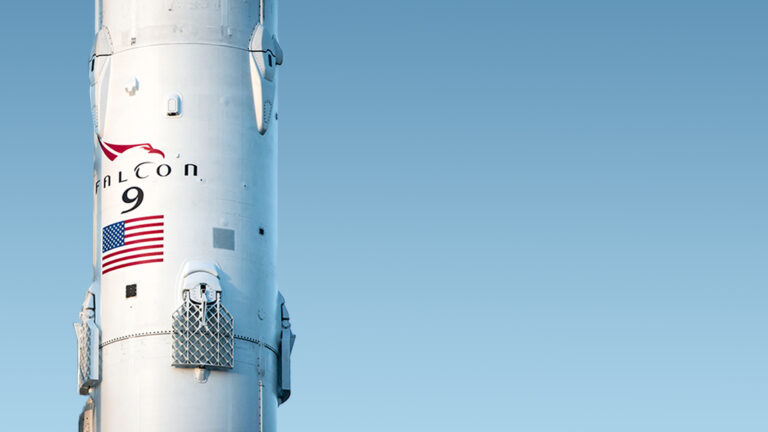
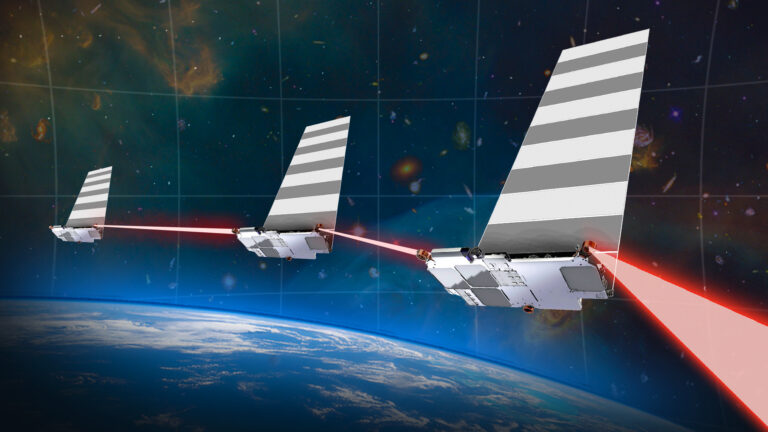





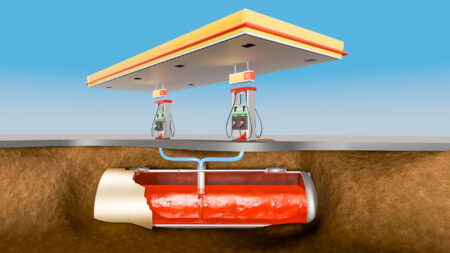


Your point of view caught my eye and was very interesting. Thanks. I have a question for you.
Can you be more specific about the content of your article? After reading it, I still have some doubts. Hope you can help me.
Your point of view caught my eye and was very interesting. Thanks. I have a question for you.
I don’t think the title of your article matches the content lol. Just kidding, mainly because I had some doubts after reading the article.